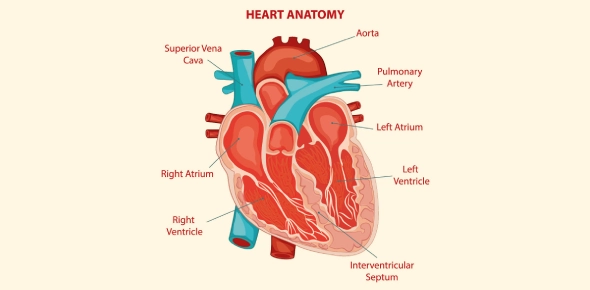Heart & Cardiovascular System Anatomy Exam Review
- MCAT
- NBME
- USMLE
2.
You may optionally provide this to label your report, leaderboard, or certificate.
Submit
×
Thank you for your feedback!
















